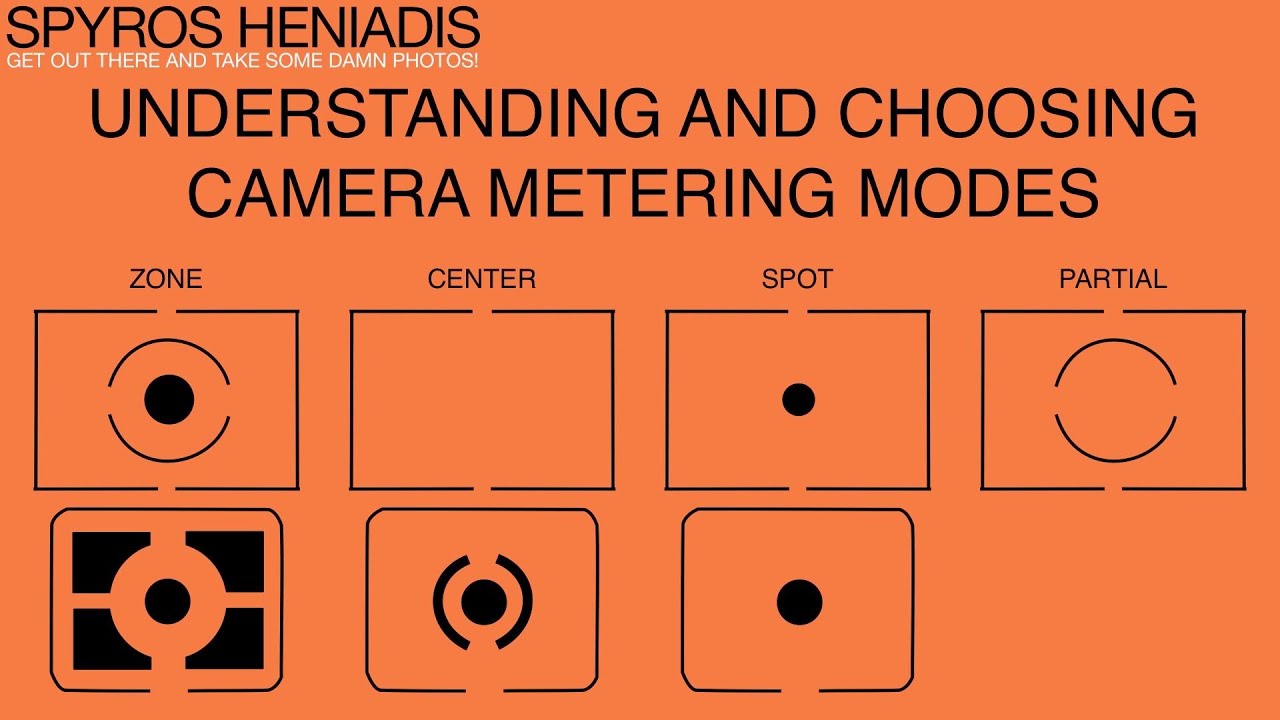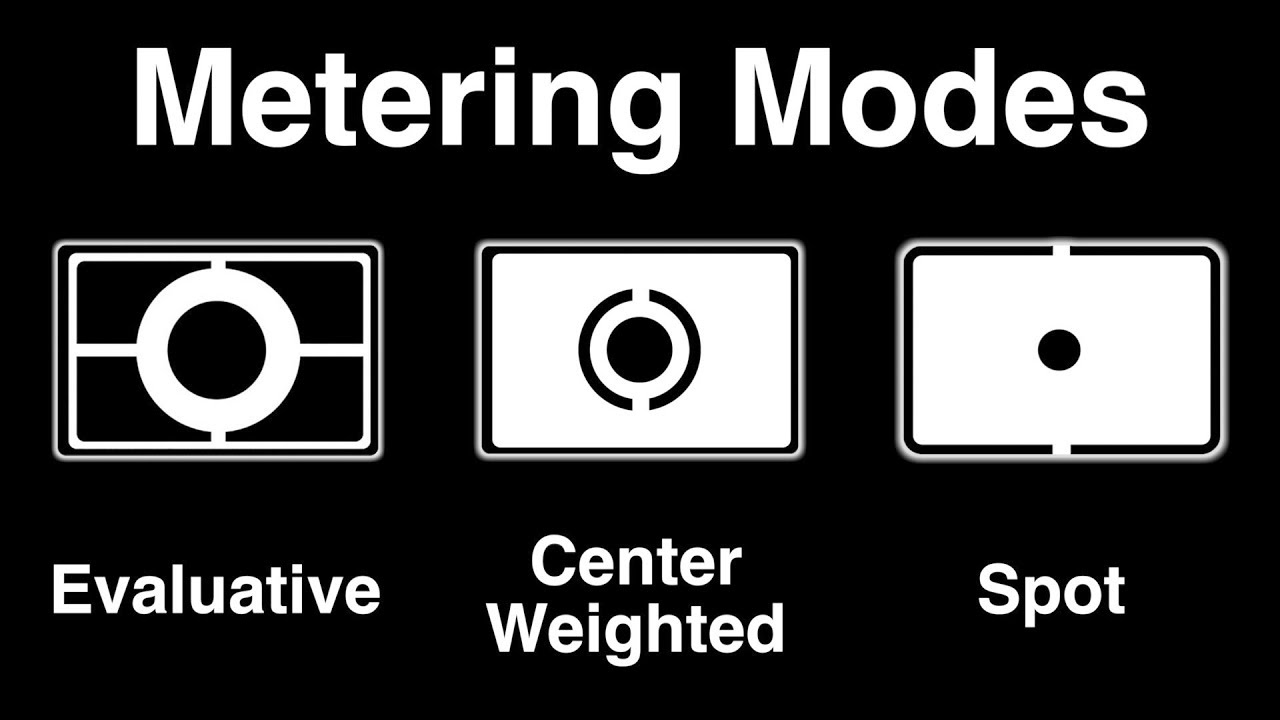Mastering Photography: The Essential Guide to Metering Modes in Cameras
Introduction
Embarking on the journey of photography requires more than just a camera. Skills, understanding, and knowledge about the device's features make the path smoother. One such function that plays an immensely crucial role is the Metering Mode. In this guide, we will explain what metering mode is, why it is essential in photography, the various types available, and how to use them effectively to capture perfect shots.
What is Metering Mode in Cameras?
The essence of photography slickly conjoins with camera technics, with one of the chief elements being the Metering Mode. Here's a breakdown of this pivotal feature:
- The Concept: Fundamental to camera functionality, Metering Mode is a built-in system in cameras designed to evaluate light. It examines the brightness and darkness levels within a photograph's frame to adjust the optimal exposure settings.
- Primary Function: The crucial function of this mode lies in calculating the level of light entering the camera. It then implies equivalent camera settings – shutter speed, aperture, and ISO, to deliver a well-exposed photograph.
- Impact on Imagery: Harnessing the correct Metering Mode impacts your photograph's appearance significantly. A correct metering mode reading aids in circumventing overexposure, which could drown vital image details in bright light. Conversely, it also prevents underexposure, which could cloak key subjects in unnecessary shadows.
- Role in Professional Photography: Whether you're an amateur attempting to capture a picturesque sunset or a professional shooting a model under frequently changing light conditions, Metering Mode is key to achieving accurate exposure and sharp details, thereby taking your photography skills up a notch.
In a nutshell, Metering Mode acts as the camera's intelligent assistant, steering the photographer towards capturing a visually balanced shot by suggesting appropriate exposure settings.
Why is Metering Mode Essential in Photography?
Metering mode, hidden within the vast assortments of settings in your camera, is the unsung hero of the photography world. Skimming over its simplicity may distract from the fact that mastering this feature is pivotal in producing stand-out images. Here's why:
1. Precision: Metering mode governs the precision of exposure in your image. It suggests the optimum exposure levels in various light conditions, ensuring your photographs' subject and backdrop are captured perfectly.
2. Detail Retention: Metering mode is your aide in retaining intricate details in your images. By enabling you to regulate light and darkness within your shots effectively, it keeps you from overexposing (resulting in extremely bright images losing out on detail) or underexposing (producing excessively dark images where important aspects become unidentifiable) your photos.
3. Creative Control: Understanding and effectively utilizing the metering modes can provide you with a higher level of creative control over your photographs. You decide what's important and should be correctly exposed while capturing a frame.
4. Professional Quality: Whether you're an amateur starting your journey in photography or a professional looking to level up, mastering your camera's metering modes can elevate your photography skills, leading to professional-quality output.
To summarize, photographers cannot underplay the role of metering modes. Just like a well-versed linguist needs to understand grammar, a photographer should understand metering modes. This understanding will allow you to bring your vision to life, just as you envisaged, and pave your way into professional photography.
What are the Different Types of Metering Modes?
Diving deeper, we will explore the main types of Metering Modes employed in cameras. Each type has its unique functionality tailored towards capturing different scenes effectively. These modes include:
1. Spot Metering Mode:
An ideal method for capturing subjects against a highly contrasting background, Spot Metering concentrates on approximately 5% of the viewfinder, typically focusing on the center. This type is perfect for isolating the subject and getting an accurate exposure for it while ignoring the remaining portion of the frame. If your viewfinder covers a dark background while the subject is well-lit, this mode comes in handy.
2. Center-Weighted Metering Mode:
As the name suggests, this mode gives primary importance to the center of the frame and gradually less weighting to the edge of the scene. Center-Weighted Metering typically covers around 80% of the scene, focusing more on the central area. This mode proves advantageous while capturing portraits or subjects that hold the center stage in the frame.

3. Matrix or Evaluative Metering Mode:
This advanced and intelligent type of metering mode splits the frame into multiple zones (typically hundreds), analyzing each zone individually for light and dark tones before giving an averaged reading. The camera uses a sophisticated algorithm to determine the best exposure for the scene as a whole. It's incredibly useful for landscape photography, ensuring even exposure across the frame.
To summarize, selecting the ideal metering mode depends on the scene's nature and the photographer's preference. Balancing and understanding the depth of these metering modes will allow you to experiment and create images with an accurate exposure. Whether you're shooting portraits, landscapes, or complex light scenes, knowing which metering mode to use can tip the balance in favor of a precisely exposed photograph.
How to Effectively Use Metering Modes for Perfect Shots?
Effectively harnessing metering modes can significantly elevate your photographic outcomes. Each type of metering mode lends itself well to specific scenarios, so understanding when to use them can help you snap a fantastic shot each time. Here’s how:
1. Spot Metering: This mode is ideal for emphasizing a subject against a contrasting background. If you want a subject in sharp focus with a blurred or unfocused background, spot metering should be your go-to mode. The emphasis on a narrow portion of the frame ensures that the subject is perfectly exposed, even if the background is vastly different in terms of brightness.
2. Center-Weighted Metering: This mode is excellent when the subject of your photo is in the center of the frame. It prioritizes the center of your shot, making it a good choice when you want to create a striking image where the central subject stands out amidst its surroundings. It's particularly effective in portrait photography or when you're trying to highlight a specific object in the frame.
3. Matrix or Evaluative Metering: For comprehensive and evenly balanced photographs, Matrix or Evaluative Metering is the option. It evaluates the entire scene, dividing it into zones, and then computes an average reading. This global approach to metering is best for landscape photography or situations where the lighting and the subjects are evenly distributed across the frame.
Consider the following basic guide to effectively use different metering modes:
* Use Spot Metering for focused subjects with a blurry background.
* The Center-Weighted Metering works best when your subject is centered.
* For evenly balanced photographs or landscapes, opt for Matrix or Evaluative Metering.
Remember, practice makes perfect. Don’t be afraid to experiment with these modes in various light conditions and scenarios to grasp their effectiveness fully. Each shot you capture brings with it an opportunity to master these modes, leading you one step closer to ace your photography skills.
Practical Tips for Maximizing Metering Modes in Various Scenarios
Photographing different scenarios demands unique approaches to maximize the full potential of metering modes. Here’s how:

- Landscape Photography: Consider using Matrix Metering. This mode captures the grandeur of landscapes by providing balanced exposure throughout the scene.
- Portrait Photography: Spot Metering is your go-to. This mode ensures the face of your subject gets the perfect exposure, making portraits stand out.
- Backlit Subjects: Tackling backlit subjects can be tricky. Spot or Center-weighted Metering works best as it prevents your subject from becoming a dark silhouette against a bright backdrop.
In summary, every photography scenario presents a unique challenge. Select carefully the appropriate metering mode after analyzing the scene’s lighting conditions. With time, experience, and patience, you’ll master the art of choosing the right metering modes, enhancing your photographs' overall quality and appeal. Remember, great photography is as much about the photographer's skill as it is about quality equipment.
Conclusion
Mastering photography isn't just about getting the high-end devices but understanding their functions. Metering mode is one such powerful tool that helps you control how light or dark your photos should be. The key to perfecting its use is experimenting with various scenes and light conditions. With practice and patience, you can definitely ace the art of capturing perfect shots.
Related FAQs about what is metering mode in camera
How do I choose the right metering mode for various light conditions?
Choosing the right metering mode fundamentally depends on the scene and lighting conditions. Use Spot Metering for isolated subjects, Center-weighted Metering for center-focused subjects, and Matrix or Evaluative Metering for landscapes or evenly lit scenes.
What type of metering mode is best for portrait photography?
For portrait photography, Spot Metering or Center-weighted Metering is usually the best choice as they focus on the center of the frame, which is often where the subject's face is located in portraits.
How does metering mode affect the quality of photos?
Metering modes determine how your camera sets exposure, consequently affecting the lightness or darkness of your photo. The right metering mode can help avoid overexposed or underexposed shots, maintaining photo quality.


